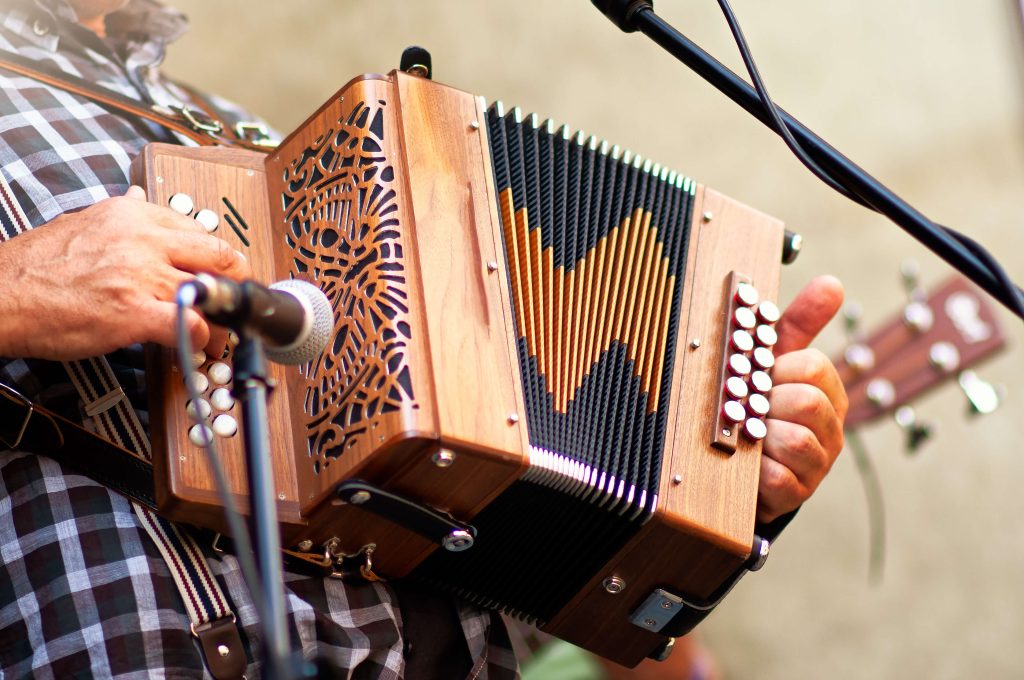
Having a concertina is an investment in a musical instrument that can bring you joy for years to come. The upkeep of your instrument is key to maintaining its quality and ensuring it stays in good condition. If you’re looking for guidance on keeping your concertina in optimum condition, this article is definitely worth a read! Here we’ll share several helpful tips and techniques that will help ensure proper care of your instrument.
Cleaning & Polishing
Regularly cleaning and polishing your concertina will ensure that it looks good and remains in good condition. Cleaning should be done approximately once a week and should involve wiping down the exterior of the concertina with a soft cloth. Use a damp cloth dipped in hot soapy and squeeze out the excess water before wiping down the exterior of the concertina.
You should also use a dry cloth and a soft polishing paste to polish the exterior of the concertina gently. This will help preserve the finish and restore the instrument’s shine over time. When cleaning and polishing, take care not to use too much force, as this could damage the instrument.
Maintain the Keys
The keys on a concertina are crucial to its playing. Therefore, a concertina’s keys should be kept free of dirt, dust, and grime. Make sure to dust the keys before playing, and inspect the keys for any signs of wear and tear.
If the keys are beginning to stick, you can try a few tricks to get them working properly again. Applying a drop of oil to the key, or even a bit of graphite or chalk can help to alleviate any sticking.
If the keys are still unresponsive after cleaning, you may need to take your instrument to a repair specialist for an inspection.
Check for Action
The action on a concertina is the distance between the keys and the reeds. If the action is too loose, the keys will be difficult to press, and if it is too tight, the instrument will not be responsive and will sound stifled.
It is vital to regularly check the action on the instrument to ensure that it is properly adjusted. If you are having difficulty with the action, it is recommended that you take your concertina to a repair specialist.
Storing Your Instrument
When not in use, your concertina should be stored safely in a case. This is important to keep the instrument free of dust, dirt, and moisture, which can cause it to deteriorate over time.
The case can also provide an extra layer of protection against sudden shocks, such as being dropped or knocked over. If possible, keep the concertina stored in a cool and dry place. If you cannot do this, make sure to clean and dry the instrument after playing before storing it in its case.
Inspect & Tune Regularly
To keep your concertina sounding its best, inspecting and tuning it regularly is crucial. Every few months, you should inspect the concertina for any changes in tuning and for any signs of damage or wear and tear.
Tuning the instrument regularly will ensure it remains in tune and make it easier to play. However, if you are not experienced in tuning concertinas, it is best to take it to a professional repair specialist.
Following these tips will help to ensure that your concertina is properly cared for and maintained. With regular cleaning, polishing, inspection, and tuning, your concertina will stay in top condition and continue providing beautiful music for years to come.


